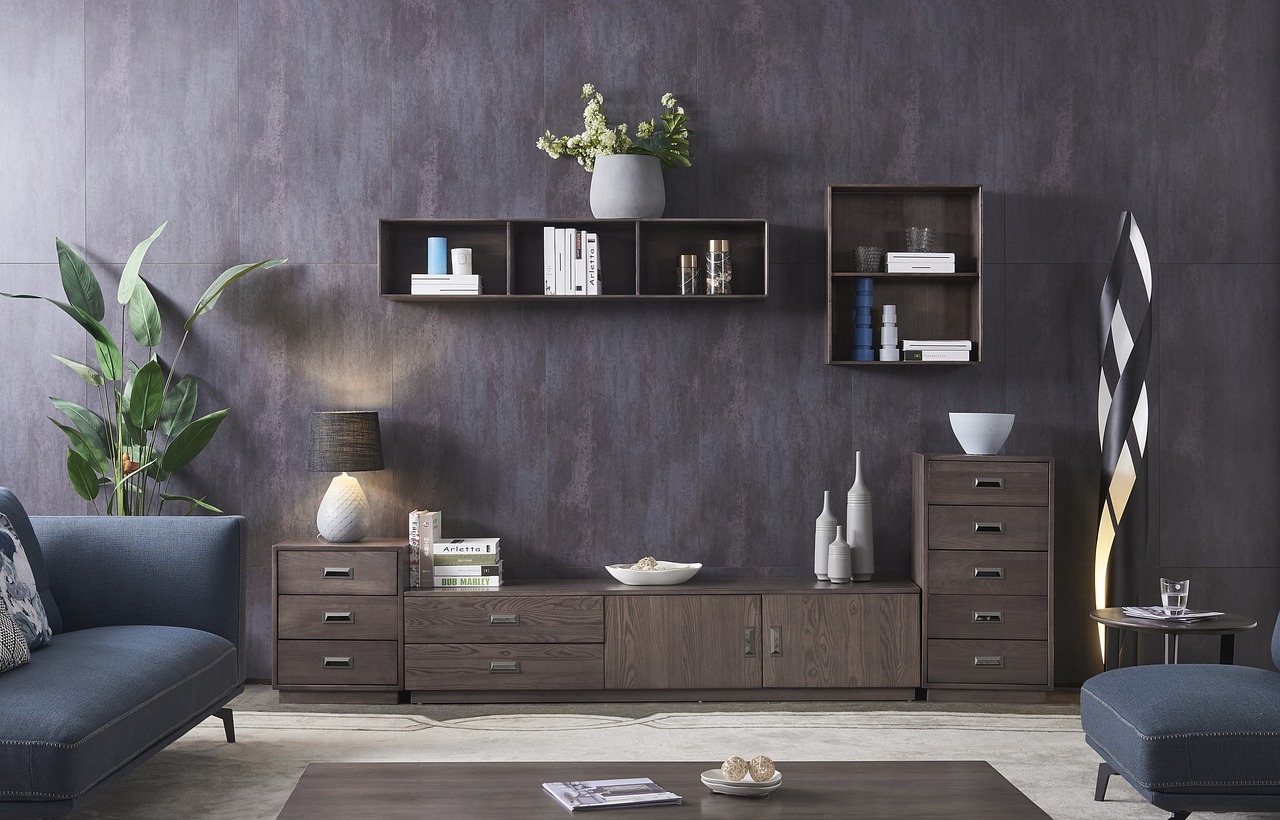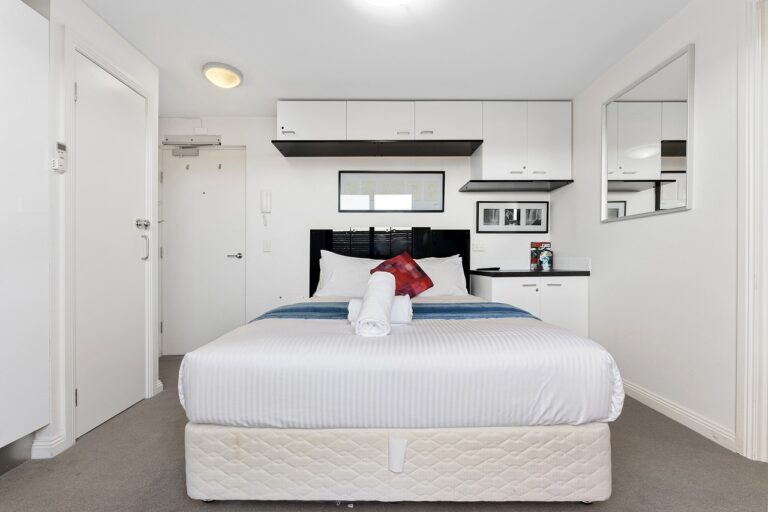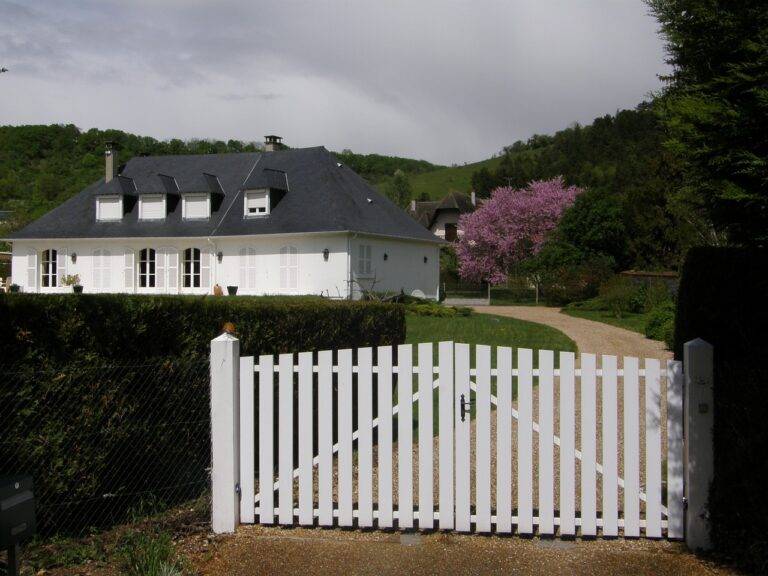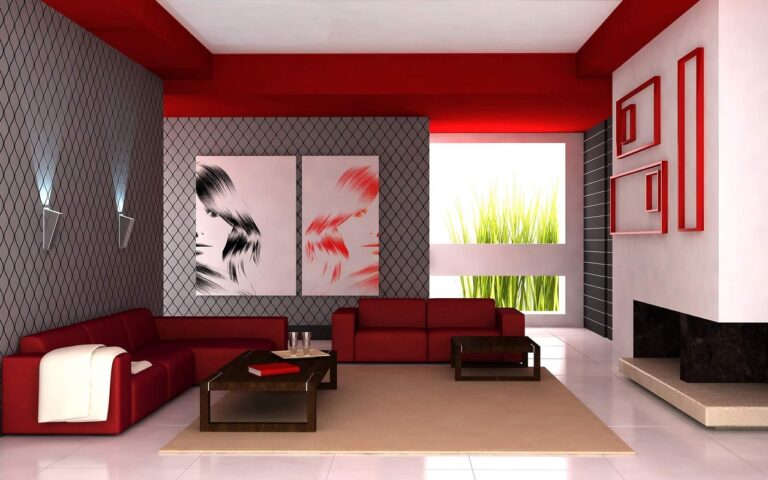The Psychology of Lighting in Home Improvement
When it comes to illuminating a space, there is a multitude of lighting fixtures to choose from to suit various needs and preferences. Pendant lights are versatile and perfect for adding focused light to specific areas or as a statement piece in the room. They come in a wide range of styles, shapes, and sizes, making it easy to find one that complements your space seamlessly.
Track lighting is a flexible option that allows for adjustable light direction, ideal for highlighting specific features in a room or for creating different lighting zones. Recessed lighting, on the other hand, provides a sleek and minimalist look by being installed flush with the ceiling. This type of fixture is excellent for providing ambient lighting without occupying visual space in the room.
The Impact of Natural Light on Mood
Natural light has a profound effect on our emotions and overall well-being. Exposure to natural light has been linked to a boost in mood, increased productivity, and improved mental clarity. It can help regulate our circadian rhythms, promoting better sleep quality and overall health.
Research suggests that natural light may play a role in reducing feelings of stress and anxiety. When we are exposed to sunlight, our bodies release serotonin, a hormone that helps us feel calm and focused. In contrast, lack of natural light can lead to feelings of lethargy and low energy levels. Incorporating natural light into our daily environments can have a significant positive impact on our mental and emotional state.
Choosing the Right Color Temperature
Color temperature plays a crucial role in creating the desired ambiance within a space. It refers to the warmth or coolness of the light emitted by a bulb or fixture, typically measured in Kelvin. Understanding color temperature is essential in choosing the right lighting for different areas in your home or workspace.
For instance, a cooler color temperature around 5000-6500K is ideal for task-oriented areas like offices or kitchens where bright, energizing light is needed. On the other hand, warmer tones ranging from 2700-3000K are better suited for relaxation areas such as bedrooms or living rooms, as they create a cozy and inviting atmosphere. Selecting the appropriate color temperature can significantly impact the overall feel and functionality of a room.
What are the different types of lighting fixtures available?
There are various types of lighting fixtures including incandescent, fluorescent, LED, and halogen lights.
How does natural light impact mood?
Natural light has been shown to improve mood and productivity, as it helps regulate our circadian rhythm and promotes the production of serotonin, a hormone that enhances mood.
How can I choose the right color temperature for my lighting?
Consider the intended use of the space when selecting the color temperature. Warmer color temperatures (around 2700K) are cozy and inviting, while cooler color temperatures (around 4000K) are energizing and best for task-oriented areas.







